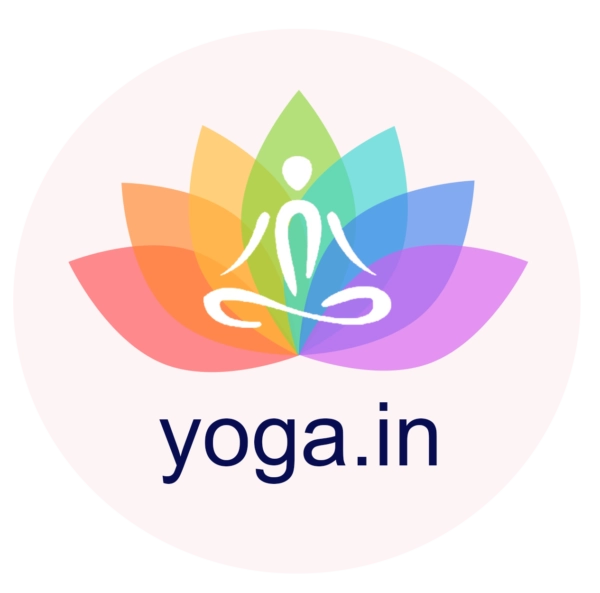Ujjayi Pranayama
Step-by-Step Guide to Ujjayi Pranayama
Sit Comfortably:
- Find a quiet and clean place to sit comfortably. You can sit in a cross-legged position (Padmasana or Sukhasana) on a cushion or yoga mat.
- Keep your spine straight, shoulders relaxed, and hands resting on your knees.
Relaxation:
Take a few deep breaths to relax your body and mind.
Close your eyes and maintain a calm and focused state.
Sit with an erect spine, allowing for unrestricted airflow through the respiratory passages.
Inhalation:
- Inhale slowly and deeply through both nostrils, filling your lungs to their full capacity.
- As you inhale, slightly contract the glottis, producing a gentle sound similar to the sound of the ocean. The contraction of the glottis is what characterises Ujjayi breath.
Exhalation:
Exhale slowly and completely through both nostrils, maintaining the gentle constriction of the glottis.
- The sound produced during exhalation should be consistent and audible, like a soft, continuous oceanic sound.
Establish a smooth and even rhythm in both the inhalation and exhalation. Aim for a balanced and controlled breath.
Direct your attention to the sound of your breath and the sensation of air moving through your throat.
Feel the rise and fall of your chest and abdomen with each breath.
Initially, practice Ujjayi for 5 to 10 minutes.
Gradually extend the duration as you become more comfortable with the technique.
Ujjayi Pranayama is often practised in conjunction with yoga postures (asanas).
Coordinate your breath with your movements during asanas, maintaining the Ujjayi sound throughout.
After the desired duration, gradually transition to natural breathing.
Sit quietly for a moment, observing any changes in your state of mind and body.
Tips
Relax the Face
Gentle Constriction
Steady Pace
Maintain a steady pace, ensuring that both inhalation and exhalation are of equal duration.
Regular Practice
Consistency is key for experiencing the full benefits of Ujjayi Pranayama.
Ujjayi Pranayama is suitable for practitioners of all levels and is particularly beneficial for calming the mind, improving concentration, and fostering a sense of internal awareness. If you have any respiratory conditions or concerns, it’s advisable to consult a healthcare professional or a qualified yoga instructor before practising Ujjayi or any other pranayama technique.
